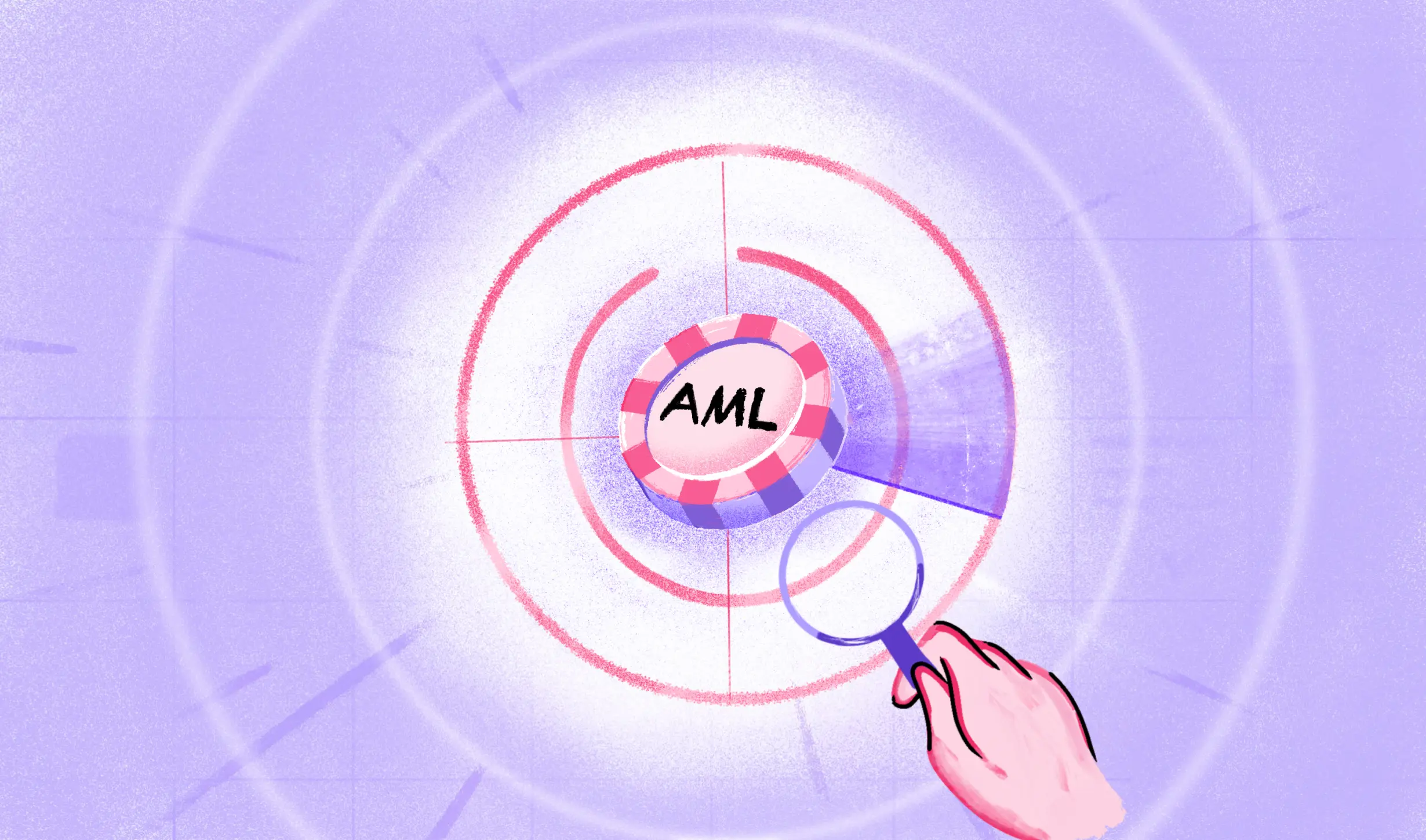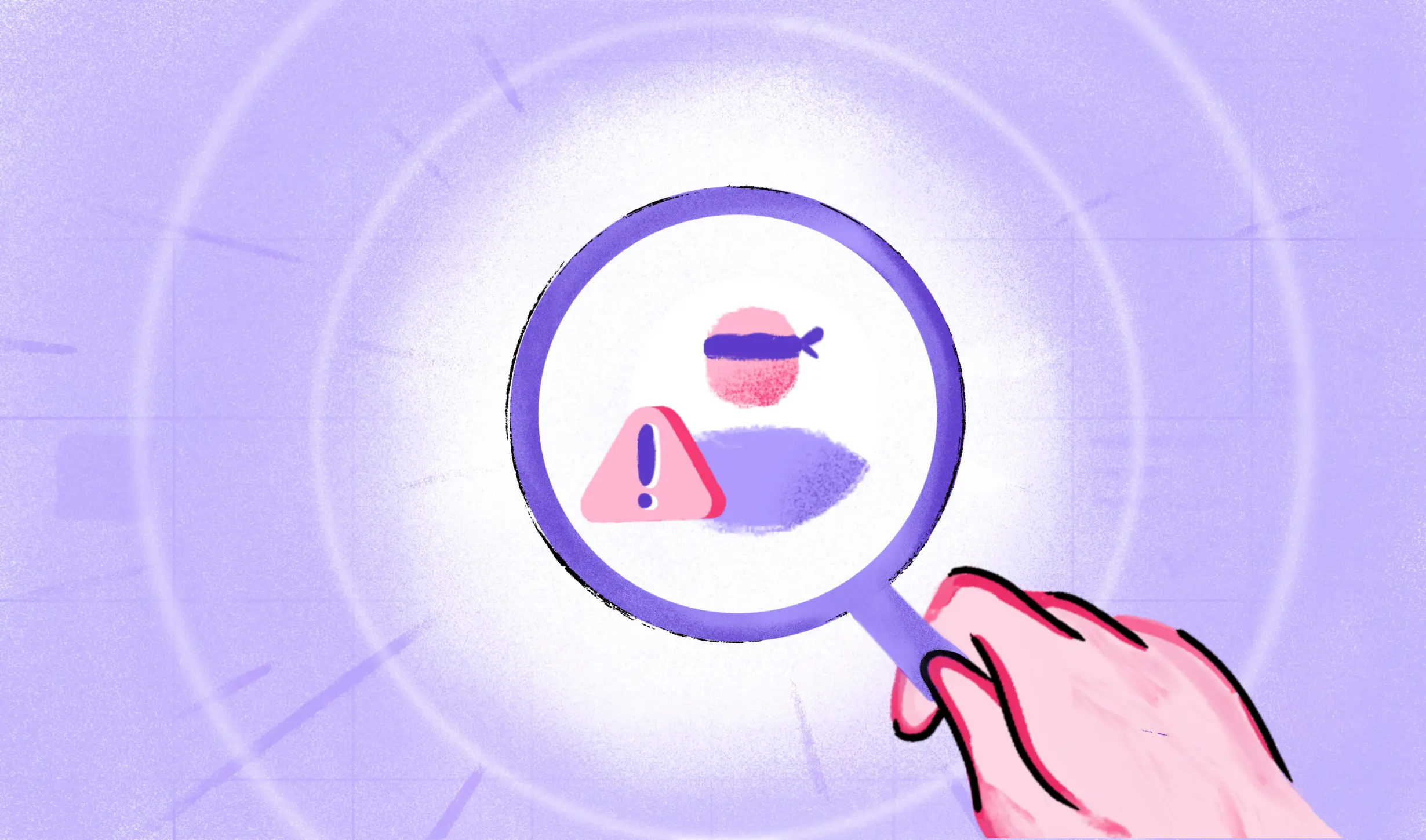What is NFC technology?
NFC, meaning near-field communication, involves wireless connectivity over a short-range using magnetic field communication between devices when they are brought in proximity or touched. This technology is built on radio frequency ID tags (RFID). It utilizes the standards and ecosystems that are related to it.
However, NFC goes beyond the features of RFID and provides other dynamic applications that we can implement for payment platforms, from Google Pay to Apple Pay. There are other applications ranging from security to file transfer and more as well. Read more about NFC meaning, its applications, working, and NFC identity verification.
What is NFC-based identity verification?
The NFC capability of smartphones is used in identity verification to access a user’s biometric identification information. It then validates the given user identity through authentication and mapping the live selfie image of the user. It takes the place of manual data entry, removing friction from the process and adding secure and reliable results.
There are many advantages to using NFC-based identity verification, including:
Stronger security
Device interactions using NFC technology are completely secure and tamper-proof. It eliminates any possibility of forged documents.
Efficient data transfer
Unlike other systems, NFC chips enable us to transmit data without any errors. Since the transmitted information, such as biometric data, is critical, error-proof transfers are necessary.
Enhanced user experience
NFC chips use contactless technology. Therefore, the user experience is considerably better, and the requirements for using this technology are low. Most times, people already own a smartphone that is NFC enabled, making things easier.
As we learn more about NFC meaning, we will understand how their applications are nearly limitless and can increase user experience.
What are NFC chips, & How do they work?
An NFC-enabled communication system consists of two distinct components, a tag and a reader chip.
The NFC reader chip reads the information and activates a particular response. It forms the active system component. The NFC tag is the passive component. It receives power and commands from the reader chip.
The transportation industry often uses NFC technology, where users make ticket payments via their smartphones. In this case, the payment terminal carries the NFC reader chip while the phone contains the NFC tag. The passive tag would receive the commands from the chip and send the programmed response.
Devices such as smartphones have NFC controller chips that combine both the reader and tag components to achieve an integrated system. This NFC chip enables secure transactions through the use of a SIM card. Other devices such as mobile points of sale (POS) and wireless charging devices also come with the NFC controller chip.
Comprehending the components of NFC technology can go a long way in understanding NFC meaning.
Uses of NFC chips
NFC chips can be used in a variety of applications, as mentioned below:
Virtual business cards
We can create a virtual business card by programming our contact information into an NFC tag. The data can be mobile numbers, email, and social media details.
Accessing smart locks
Smart locks do away with physical keys and utilize NFC technology to lock and unlock doors. We can apply this technology to any location needing secure access.
Sharing photos and videos
We can use NFC tags to share files between devices easily and wirelessly. It is a useful convenience factor.
Making payments
Mobile payments are on the rise, and NFC technology is leading the way with contactless payments facilitating secure payments. Just a simple tap will do to pay for goods and services.
How does NFC verification work?
The enterprises that require NFC verification systems will need to integrate a customized application designed to read NFC chips and execute the verification process. The enterprise handles this process from their side.
When it comes to the user flow or how the user will interact with the NFC system, we can summarize the NFC-based identity verification process into these steps:
- The user uploads the NFC-linked ID document image.
- The user taps the NFC-linked ID document against the desired device.
- The system matches the data in the NFC chip against existing document data through NFC verification.
- The desired results are obtained in real-time and also updated in the back-end
One important consideration when installing an NFC verification system is to follow local data protection laws and policies. The European Union’s General Data Protection Regulation (GDPR) regulation is one such regulation that specifies how customer data is collected and used in business processes. It states all personal information is privileged or protected unless otherwise specified.
Within the identity verification system, one must follow compliance requirements such as Anti-Money Laundering (AML) and Politically Exposed Person (PEP). Incorporating NFC meaning into its uses helps develop better applications with wider uses.
Uses of NFC
NFC has diverse applications that continue to evolve to this day. Here are a few common uses of this proximity technology:
Commuting
Most forms of transport, from buses and subway or metro trains, use NFC technology for payments and secure access.
Advertising
NFC tags within interactive posters, billboards, and signs enable users to obtain offer coupons or even purchase tickets to concerts and other events.
Payments
The most popular use of NFC chips is in payments, where users can just wave their smartphones or credit cards over a reader to complete a payment.
Peer-to-peer activities
Users can share files and links between their devices and send and receive payments using NFC chips. The technology makes it very convenient for peer-to-peer sharing.
Conclusion
NFC technology continues expanding and gathering more applications across various industry sectors and domains. NFC chips also have the rare capability of being used in collaboration with other technologies to improve process efficiency simultaneously.
With digitalization becoming more frequent globally, companies can tap into the vast potential of NFC technology. They can use it to provide secure access, contactless payments, and share files within the business. It can easily add to operations and an enterprise’s bottom line when implemented properly.
FAQs
What is NFC and what do NFC tags mean?
Near Field Communication (NFC) is a contactless protocol with sharing applications.
What is the range of an NFC signal?
NFC technology works in close proximity, which is within a few centimeters.
What can we do with NFC?
As users, we can access interactive content, discounts, and offers on sales and make touchless payments.

 US
US
 IN
IN









